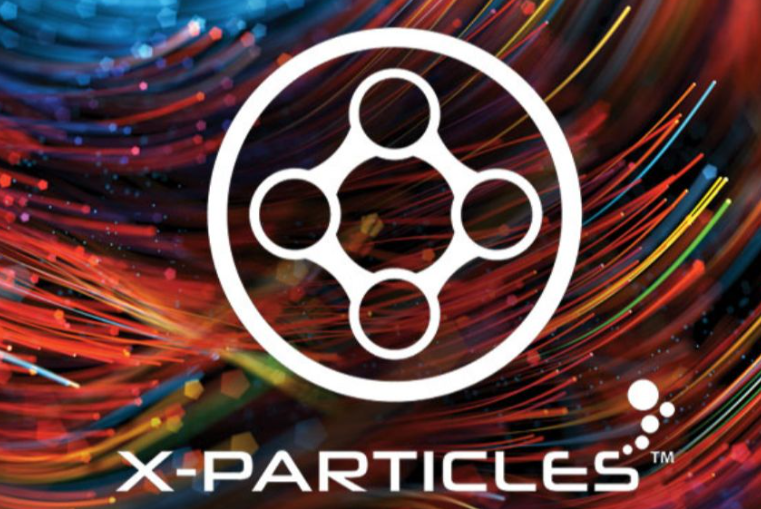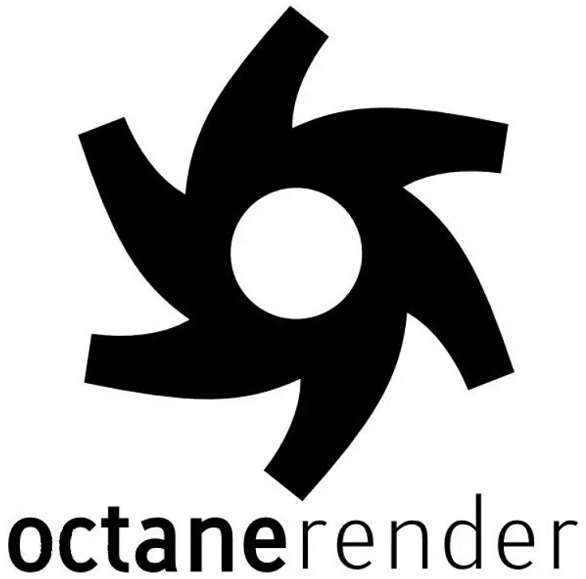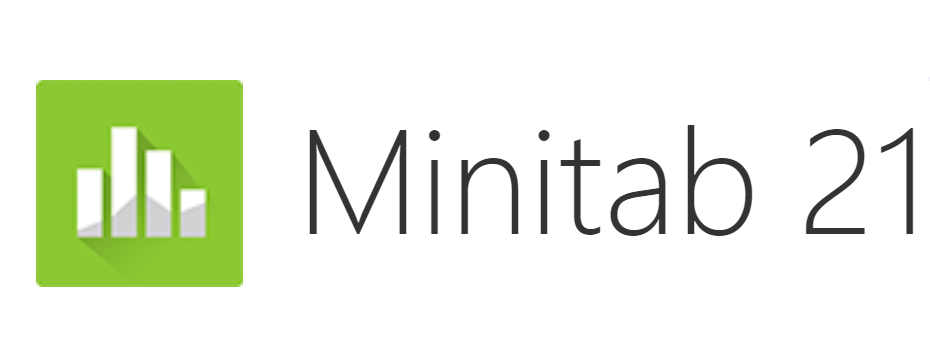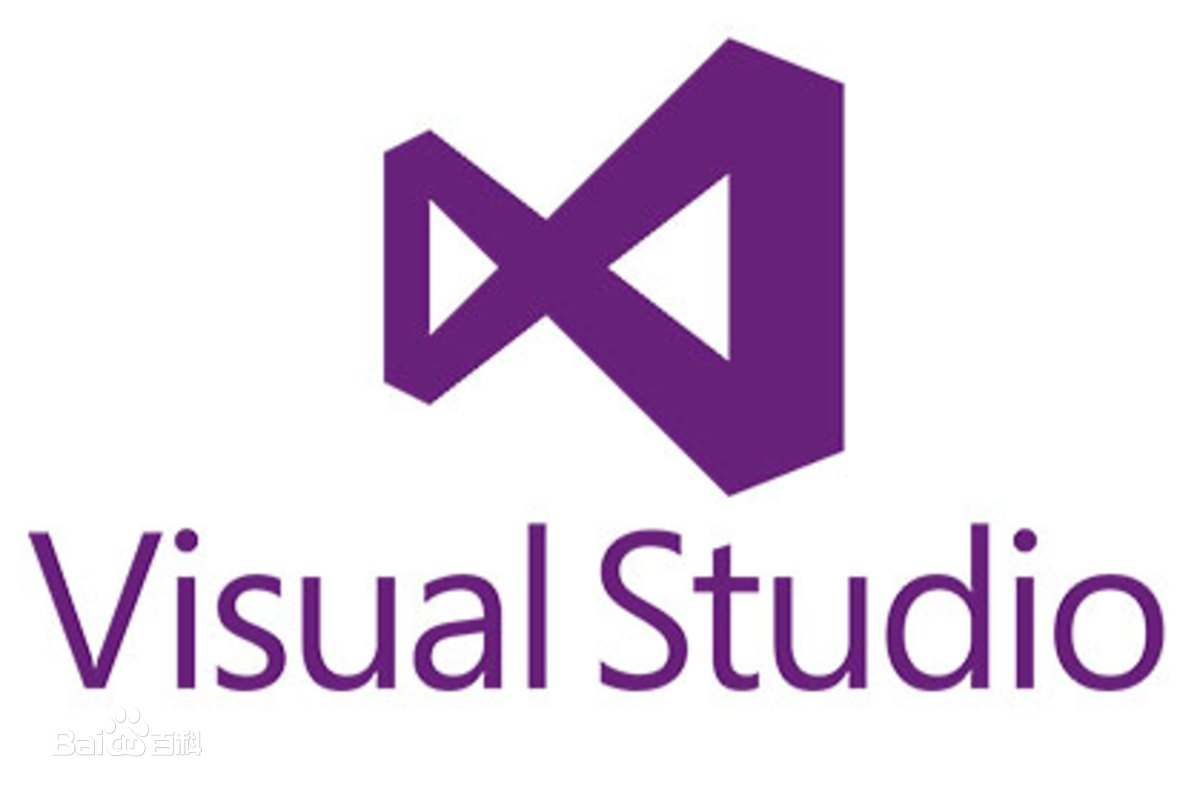To determine whether rendering failure is caused by insufficient memory or graphics card issues in Houdini, a systematic investigation should be conducted based on error logs, system monitoring tools, and rendering engine features. The following is a detailed step-by-step method:
1гҖҒ Preliminary observation: Error prompts and phenomenon analysis
Typical manifestations of insufficient memory
Error log keywords:
Out of memoryгҖҒMemory allocation failedгҖҒVirtual memory exhausted
Failed to allocate bufferгҖҒTexture too large for VRAMпјҲиӢҘж¶үеҸҠзә№зҗҶеҠ иҪҪпјү
Phenomenon:
Houdini suddenly crashes or becomes unresponsive during the rendering process.
The progress bar stops updating after a certain frame, and the system resource manager shows that the memory usage continues to climb to 100%.
The output window prompts "Unable to allocate video memory" or "Insufficient system memory" (note that video memory belongs to GPU memory, but severe memory shortage may indirectly affect video memory allocation).
Typical manifestations of graphics card issues
Error log keywords:
CUDA errorгҖҒOptiX errorгҖҒDriver crashedгҖҒGPU timeoutпјҲWindowsдёӢеёёи§Ғпјү
NVIDIA driver stopped respondingгҖҒOpenGL context lost
Phenomenon:
During the rendering process, the screen may appear blurred, flickering, or black blocks.
The rendering progress bar suddenly resets to zero, and Houdini does not crash but outputs a blank or incorrect image.
The system tray prompts' graphics card driver restored '(Windows Event Viewer records Display driver nvlddmkm stopped responding).
дәҢгҖҒSystem monitoring tool: Real time tracking of resource usage
Memory Monitor
Tools: Windows Task Manager, macOS Activity Monitor Linux htopгҖӮ
Key indicators:
Physical memory: If rendering occupies more than 80% of the total memory and continues to rise until crashing, it may be due to insufficient memory.
Swap: If the usage rate of swap space surges, it indicates that physical memory has been exhausted and the system is starting to use disk virtual memory, resulting in a sudden drop in performance.
Houdini exclusive monitoring:
Enable Performance Monitor in Houdini (menu bar Windows>Performance Monitor) and observe if the Memory Usage curve sharply increases before crashing.
Graphics card monitoring
Tools: NVIDIA SMI (command-line tool) MSI AfterburnerгҖҒGPU-ZгҖӮ
Key indicators:
Memory usage: If the memory usage during rendering exceeds 90% of the total graphics card memory and continues until crashing, it may be due to insufficient memory.
GPU temperature and power consumption: If the temperature exceeds 90 в„ғ or the power consumption fluctuates abnormally, it may trigger the graphics card to downshift or protective shutdown.
CUDA core utilization: If the utilization fluctuates sharply (such as dropping from 100% to 0%), it may be due to driver or hardware failures.
Houdini exclusive monitoring:
Enable GPU Statistics in the Mantra or Karma renderer settings to observe the memory allocation and computational efficiency during rendering.
дёүгҖҒTargeted testing: Isolation variable localization problem
Out of Memory Test
Reduce resolution and complexity:
Reduce the rendering resolution from 4K to 1080p, or decrease the number of polygons in the scene (such as using PolyReduce SOP).
If the rendering is successful, the original scene may exceed the memory capacity.
Close the backend program:
End high memory consuming programs such as Chrome and Photoshop, free up system resources, and retry rendering.
Increase virtual memory:
Expand the swap space in system settings (such as setting the paging file size to 2-3 times the physical memory in Windows).
Graphics card problem testing
Switch rendering engine:
If rendering with Karma GPU fails, try switching to Mantra CPU rendering. If the CPU rendering is successful, the problem may be with the graphics card or driver.
Update graphics card driver:
Download the latest driver from the NVIDIA official website (note to choose "Studio Driver" instead of "Game Ready Driver" for better stability).
Reduce graphics card load:
Reduce the number of ray samples (such as Ray Samples) and disable high computational effects such as subsurface scattering (SSS) in rendering settings.
If using multiple graphics cards, try disabling SLI/CrossFire or switching to single card rendering.
еӣӣгҖҒLog and Error Report Analysis
Houdini log file
routeпјҡ$HOME/houdiniXX.X/logs/пјҲWindowsдёә%USERPROFILE%\Documents\houdiniXX.X\logs\пјүгҖӮ
key documentsпјҡ
Houdini.log: Record system information when rendering starts and crashes.
Mantra.rog (if using Mantra): Contains detailed rendering process output.
Search tips:
Use grep - i "error" houdini.log (Linux/macOS) or a text editor to search for the keyword "ERROR".
Windows Event Viewer
Path: Control Panel>Administrative Tools>Event Viewer>Windows Logs>System.
Graphics card related errors:
Filter events from nvlddmkm (NVIDIA driver) or Display to see if there are any Display driver stopped responding records.
дә”гҖҒAdvanced troubleshooting: hardware diagnostic tool
Memory diagnosis
Tools: Windows Memory Diagnostic Tool (mdsched. exe), MemTest86 (Linux/macOS).
Operation: Run a complete test (usually taking several hours) to check for bad lanes or unstable memory modules.
Graphics card diagnosis
Tools: FurMark (stress test), 3DMark (benchmark test).
Operation:
Run FurMark's' Torture Test 'mode and observe if there are any screen glitches or crashes.
If the graphics card performs abnormally during independent testing, it is necessary to contact after-sales maintenance.
е…ӯгҖҒSummary: Quick judgment process diagram

final recommendation
Insufficient memory: Prioritize optimizing the scene (reducing polygons, lowering texture resolution), increasing physical or virtual memory.
Graphics card issues: updating drivers, reducing rendering settings, checking graphics card hardware status (such as temperature, fan speed).
Complex scenes: Consider using Houdini's Out of Core rendering mode (such as Mantra's Tile Rendering) or distributed rendering (HQeet).









